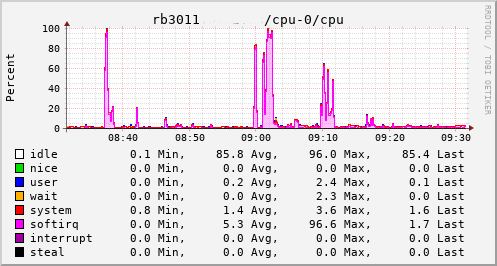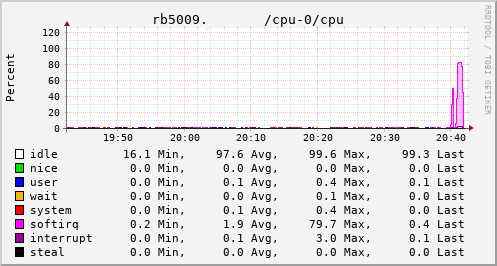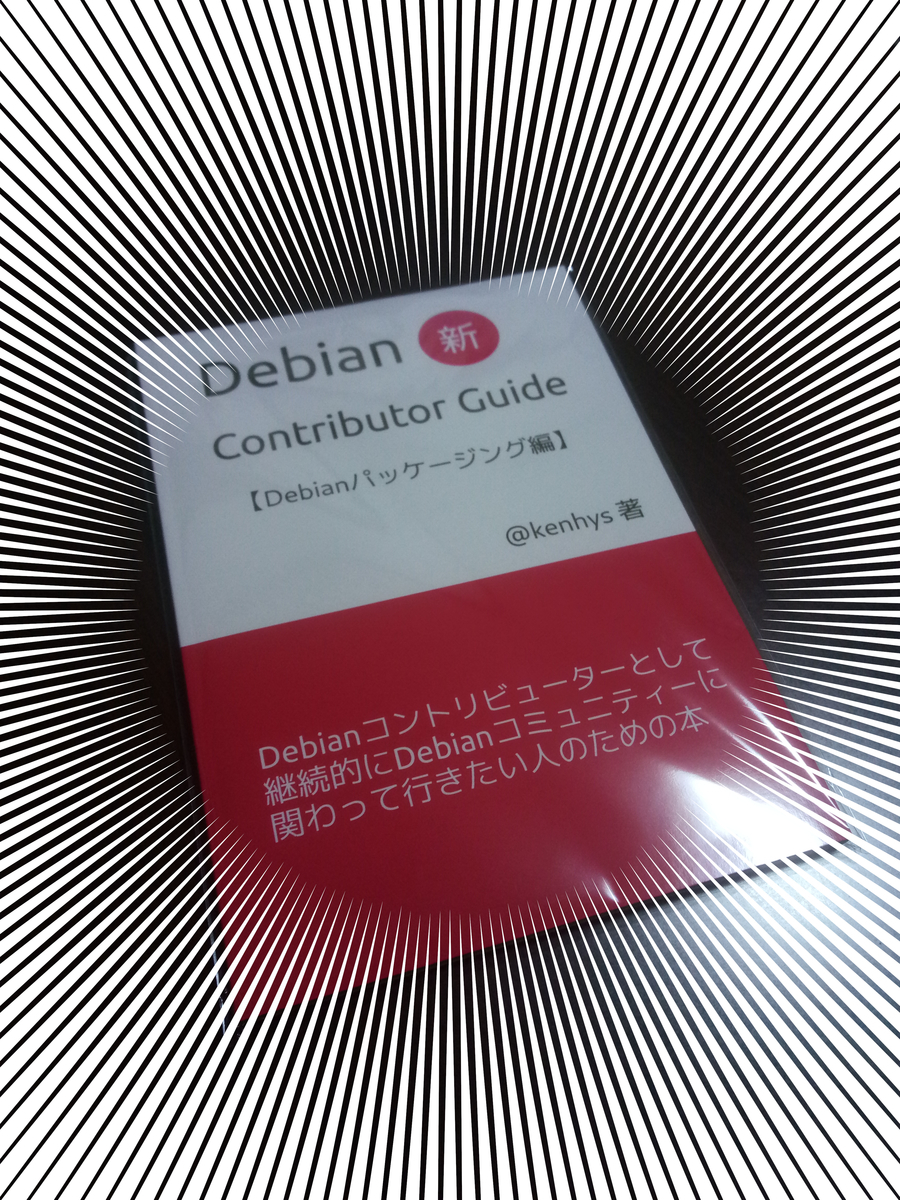Review:
Embers of War, by Gareth L. Powell
| Series: |
Embers of War #1 |
| Publisher: |
Titan Books |
| Copyright: |
February 2018 |
| ISBN: |
1-78565-519-1 |
| Format: |
Kindle |
| Pages: |
312 |
The military leadership of the Outward faction of humanity was meeting on
the forest world of Pelapatarn, creating an opportunity for the
Conglomeration to win the war at a stroke. Resistance was supposed to be
minimal, since the Outward had attempted to keep the conference secret
rather than massing forces to protect it. But the Outward resistance was
stronger than expected, and Captain Deal's forces would not be able to
locate and assassinate the Outward leadership before they could escape.
She therefore followed orders from above her and ordered the four incoming
Carnivore heavy cruisers to jump past the space battle and bomb the
planet. The entire planet.
The Carnivores' nuclear and antimatter weaponry reduced the
billion-year-old sentient jungle of Pelapatarn to ash.
Three years later, Sal Konstanz is a ship captain for the House of
Reclamation, a strictly neutral search and rescue force modeled after a
long-vanished alien fleet that prioritizes preservation of life above all
else. Anyone can join Reclamation, provided that they renounce their
previous alliances and devote themselves to the Reclamation cause. Sal
and her crew member Alva Clay were Outward. The ship medic was
Conglomeration. So was the ship: the
Trouble Dog, a sentient AI
heavy cruiser built to carry an arsenal of weapons and three hundred crew,
and now carrying three humans and a Druff mechanic. More precisely, the
Trouble Dog was one of the four Carnivores that destroyed
Pelapatarn.
Meanwhile, Ona Sudak, a popular war poet, is a passenger on a luxury
cruise on the liner
Geest van Amsterdam, which is making an
unscheduled stop in the star system known as the Gallery. The Gallery is
the home of the Objects: seven planets that, ten thousand years earlier,
were carved by unknown aliens into immense sculptures for unknown reasons.
The Objects appear to be both harmless and mysterious, making them an
irresistible tourist attraction for the liner passengers. The Gallery is
in disputed space, but no one was expecting serious trouble. They
certainly weren't expecting the
Geest van Amsterdam to be attacked
and brought down on the Object known as the Brain, killing nearly everyone
aboard. The
Trouble Dog is the closest rescue ship.
This book was... fine. It's a perfectly serviceable science fiction novel
that didn't stand out for me, which I think says more about the current
excellent state of the science fiction field than about this book. When I
was a teenager reading Asimov, Niven, and Heinlein, I would have devoured
this. It compares favorably to minor Niven or Heinlein (
The
Integral Trees, for example, or
Double
Star), but the bar for excellent science fiction is just so much higher
now.
The best character in this book (and the reason why I read it) is the
Trouble Dog. I love science fiction about intelligent space ships,
and she did not disappoint. The AI ships in this book are partly made
from human and dog neurons, so their viewpoint is mostly human but with
some interesting minor variations. And the
Trouble Dog would be a
great character even if she weren't an intelligent ship: ethical,
aggressive, daring, and introspective, with a nuanced relationship with
her human crew.
Unfortunately,
Embers of War has four other viewpoint characters,
and Powell chose to write them all in the first person. First person
narration depends heavily on a memorable and interesting character because
the reader is so thoroughly within their perspective. This works great
for the
Trouble Dog, and is fine for Nod, the Druff who serves as
the ship mechanic. (Nod's perspective is intriguing, short, almost
free-verse musings, rather than major story segments.) Sal, the ship
captain, is a bit of a default character, but I didn't mind her much.
Neither of the other two viewpoint characters are interesting enough to
warrant the narrative attention. The Conglomerate agent Ashton Childe has
such an uninteresting internal monologue that I would have liked the
character better if he'd only been seen through other people's viewpoints,
and although Powell needs some way to show Ona Sudak's view of events, I
didn't think her thoughts added much to the story.
The writing is adequate but a bit clunky: slightly flat descriptions, a
bit too predictable at the sentence level, and rarely that memorable.
There is a bit of fun world-building of the ancient artifact variety and a
couple of decent set pieces (and one rather-too-obvious
Matrix
homage that I didn't think was as effective as the author did), but most
of the story is focused on characters navigating their lives and
processing trauma from the war. The story kept me turning the pages with
interest, but I also doubt it will surprise anyone who has read much
science fiction. I suspect a lot of it is setup for the following two
books of the trilogy, and there are plenty of hooks for more stories in
this universe.
I really wanted a first-person story from the perspective of the
Trouble Dog, possibly with some tight third-person interludes
showing Ona Sudak's story. What I got instead was entertaining but not
memorable enough to stand out in the current rich state of science
fiction. I think I'm invested enough in this story to want to read the
next book, though, so that's still a recommendation of sorts.
Followed by
Fleet of Knives.
Rating: 6 out of 10
 As many of you may be aware, I work with
As many of you may be aware, I work with 
 I recently learned about the
I recently learned about the 
 This has ended up longer than I expected. I ll write up posts about some of the individual steps with some more details at some point, but this is an overview of the yak shaving I engaged in. The TL;DR is:
This has ended up longer than I expected. I ll write up posts about some of the individual steps with some more details at some point, but this is an overview of the yak shaving I engaged in. The TL;DR is:
 This provided an opportunity to see just what the RB3011 could actually manage. In the configuration I had it turned out to be not much more than the 80Mb/s speeds I had previously seen. The upload jumped from a solid 20Mb/s to 75Mb/s, so I knew the regrade had actually happened. Looking at CPU utilisation clearly showed the problem; softirqs were using almost 100% of a CPU core.
Now, the way the hardware is setup on the RB3011 is that there are two separate 5 port switches, each connected back to the CPU via a separate GigE interface. For various reasons I had everything on a single switch, which meant that all traffic was boomeranging in and out of the same CPU interface. The IPQ8064 has dual cores, so I thought I d try moving the external connection to the other switch. That puts it on its own GigE CPU interface, which then allows binding the interrupts to a different CPU core. That helps; throughput to the outside world hits 140Mb/s+. Still a long way from the expected max, but proof we just need more grunt.
This provided an opportunity to see just what the RB3011 could actually manage. In the configuration I had it turned out to be not much more than the 80Mb/s speeds I had previously seen. The upload jumped from a solid 20Mb/s to 75Mb/s, so I knew the regrade had actually happened. Looking at CPU utilisation clearly showed the problem; softirqs were using almost 100% of a CPU core.
Now, the way the hardware is setup on the RB3011 is that there are two separate 5 port switches, each connected back to the CPU via a separate GigE interface. For various reasons I had everything on a single switch, which meant that all traffic was boomeranging in and out of the same CPU interface. The IPQ8064 has dual cores, so I thought I d try moving the external connection to the other switch. That puts it on its own GigE CPU interface, which then allows binding the interrupts to a different CPU core. That helps; throughput to the outside world hits 140Mb/s+. Still a long way from the expected max, but proof we just need more grunt.
 Which brings us to this past weekend, when, having worked out all the other bits, I tried the squashfs root image again on the RB3011. Success! The home automation bits connected to it, the link to the outside world came up, everything seemed happy. So I double checked my bootloader bits on the RB5009, brought it down to the comms room and plugged it in instead. And, modulo my failing to update the nftables config to allow it to do forwarding, it all came up ok. Some testing with iperf3 internally got a nice 912Mb/s sustained between subnets, and some less scientific testing with wget + speedtest-cli saw speeds of over 460Mb/s to the outside world.
Time from ordering the router until it was in service? Just under 8 weeks
Which brings us to this past weekend, when, having worked out all the other bits, I tried the squashfs root image again on the RB3011. Success! The home automation bits connected to it, the link to the outside world came up, everything seemed happy. So I double checked my bootloader bits on the RB5009, brought it down to the comms room and plugged it in instead. And, modulo my failing to update the nftables config to allow it to do forwarding, it all came up ok. Some testing with iperf3 internally got a nice 912Mb/s sustained between subnets, and some less scientific testing with wget + speedtest-cli saw speeds of over 460Mb/s to the outside world.
Time from ordering the router until it was in service? Just under 8 weeks



 . This is somewhat from a Republican perspective. That is also the reason they are much anti-science.
. This is somewhat from a Republican perspective. That is also the reason they are much anti-science.
 As of 2022-02-16, Launchpad supports a couple of features on its
As of 2022-02-16, Launchpad supports a couple of features on its  Earlier this week, Neil McGovern
Earlier this week, Neil McGovern  In 2017, I was attending FOSDEM when GNOME announced that I was to become the new Executive Director of the Foundation. Now, nearly 5 years later, I ve decided the timing is right for me to step back and for GNOME to start looking for its next leader. I ve been working closely with Rob and the rest of the board to ensure that there s an extended and smooth transition, and that GNOME can continue to go from strength to strength.
GNOME has changed a lot in the last 5 years, and a lot has happened in that time. As a Foundation, we ve gone from a small team of 3, to employing people to work on marketing, investment in technical frameworks, conference organisation and much more beyond. We ve become the default desktop on all major Linux distributions. We ve launched Flathub to help connect application developers directly to their users. We ve dealt with patent suits, trademarks, and bylaw changes. We ve moved our entire development platform to GitLab. We released 10 new GNOME releases, GTK 4 and GNOME 40. We ve reset our relationships with external community partners and forged our way towards that future we all dream of where everyone is empowered by technology they can trust.
For that future, we now need to build on that work. We need to look beyond the traditional role that desktop Linux has held and this is something that GNOME has always been able to do. I ve shown that the Foundation can be more than just a bank account for the project, and I believe that this is vital in our efforts to build a diverse and sustainable free software personal computing ecosystem. For this, we need to establish programs that align not only with the unique community and technology of the project, but also deliver those benefits to the wider world and drive real impact.
5 years has been the longest that the Foundation has had an ED for, and certainly the longest that I ve held a single post for. I remember my first GUADEC as ED. As you may know, like many of you, I m used to giving talks at conferences and yet I have never been so nervous as when I walked out on that stage. However, the welcome and genuine warmth that I received that day, and the continued support throughout the last 5 years makes me proud of what a welcoming and amazing community GNOME is. Thank you all.
In 2017, I was attending FOSDEM when GNOME announced that I was to become the new Executive Director of the Foundation. Now, nearly 5 years later, I ve decided the timing is right for me to step back and for GNOME to start looking for its next leader. I ve been working closely with Rob and the rest of the board to ensure that there s an extended and smooth transition, and that GNOME can continue to go from strength to strength.
GNOME has changed a lot in the last 5 years, and a lot has happened in that time. As a Foundation, we ve gone from a small team of 3, to employing people to work on marketing, investment in technical frameworks, conference organisation and much more beyond. We ve become the default desktop on all major Linux distributions. We ve launched Flathub to help connect application developers directly to their users. We ve dealt with patent suits, trademarks, and bylaw changes. We ve moved our entire development platform to GitLab. We released 10 new GNOME releases, GTK 4 and GNOME 40. We ve reset our relationships with external community partners and forged our way towards that future we all dream of where everyone is empowered by technology they can trust.
For that future, we now need to build on that work. We need to look beyond the traditional role that desktop Linux has held and this is something that GNOME has always been able to do. I ve shown that the Foundation can be more than just a bank account for the project, and I believe that this is vital in our efforts to build a diverse and sustainable free software personal computing ecosystem. For this, we need to establish programs that align not only with the unique community and technology of the project, but also deliver those benefits to the wider world and drive real impact.
5 years has been the longest that the Foundation has had an ED for, and certainly the longest that I ve held a single post for. I remember my first GUADEC as ED. As you may know, like many of you, I m used to giving talks at conferences and yet I have never been so nervous as when I walked out on that stage. However, the welcome and genuine warmth that I received that day, and the continued support throughout the last 5 years makes me proud of what a welcoming and amazing community GNOME is. Thank you all.
 Recently, I've wrote
Recently, I've wrote 
 Some Django applications use Model Mommy in unit tests:
Some Django applications use Model Mommy in unit tests: